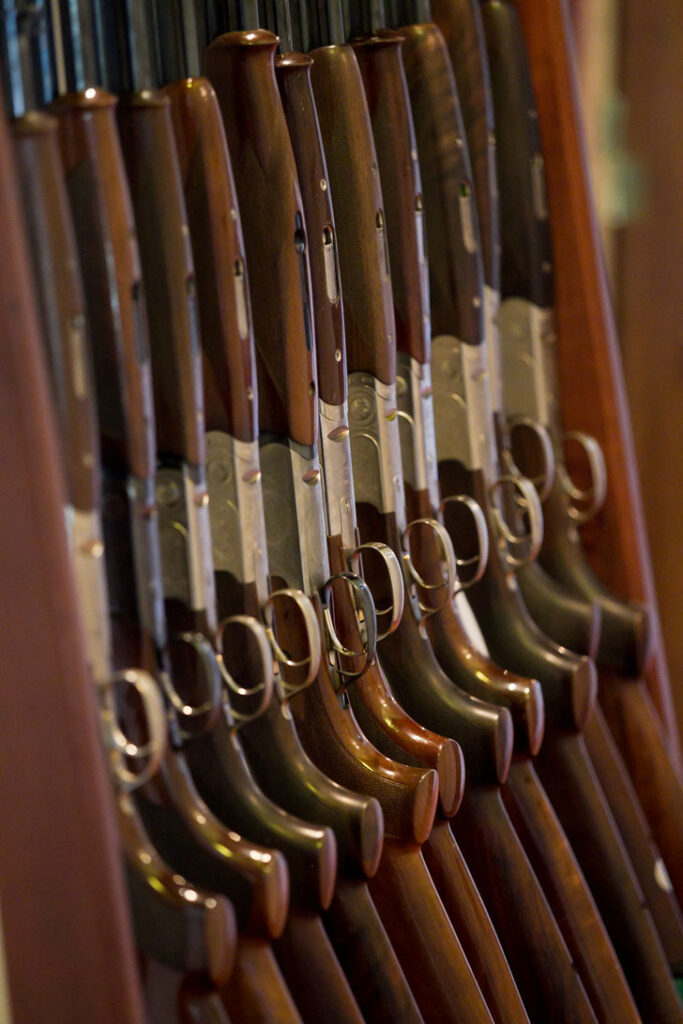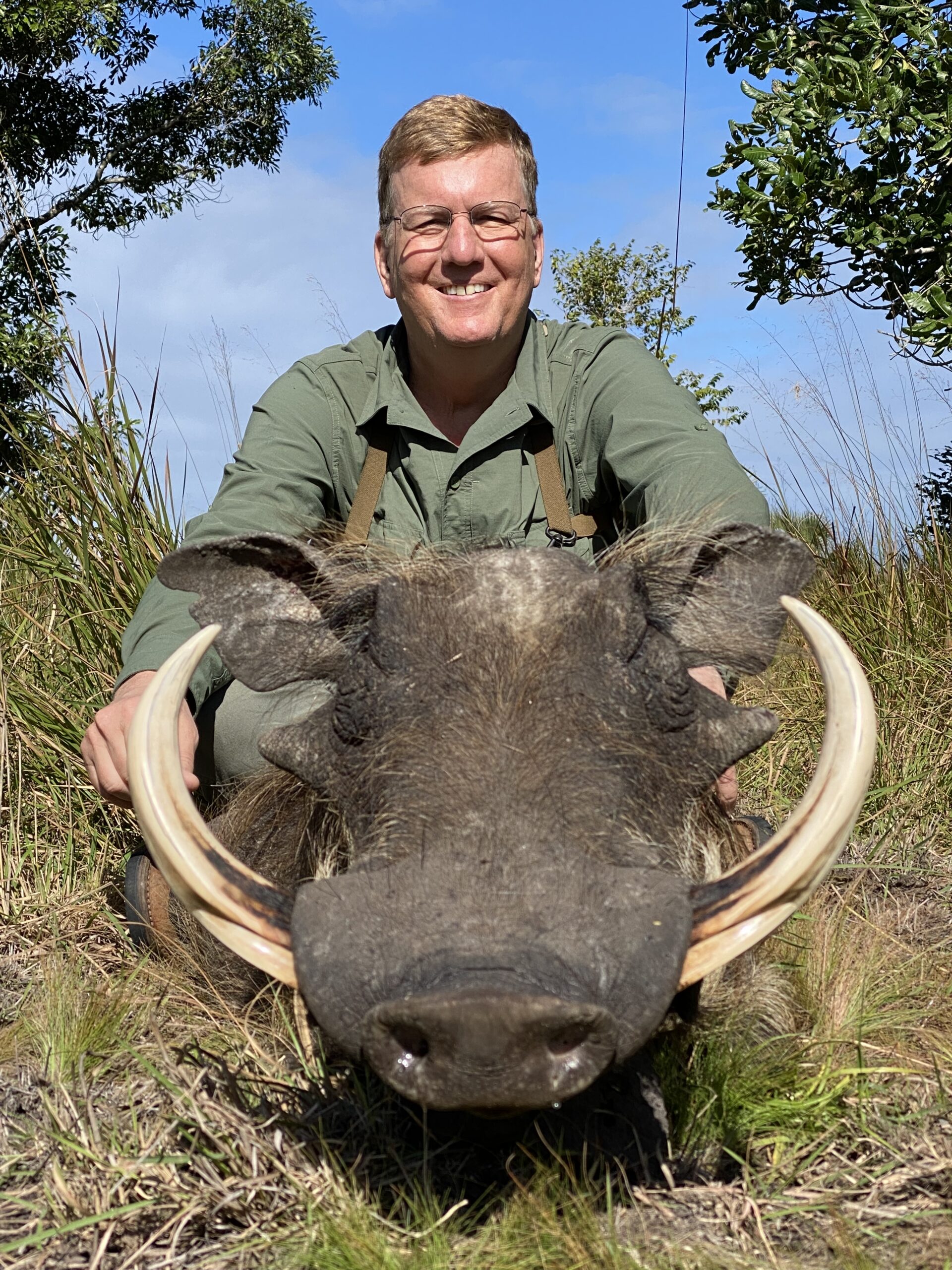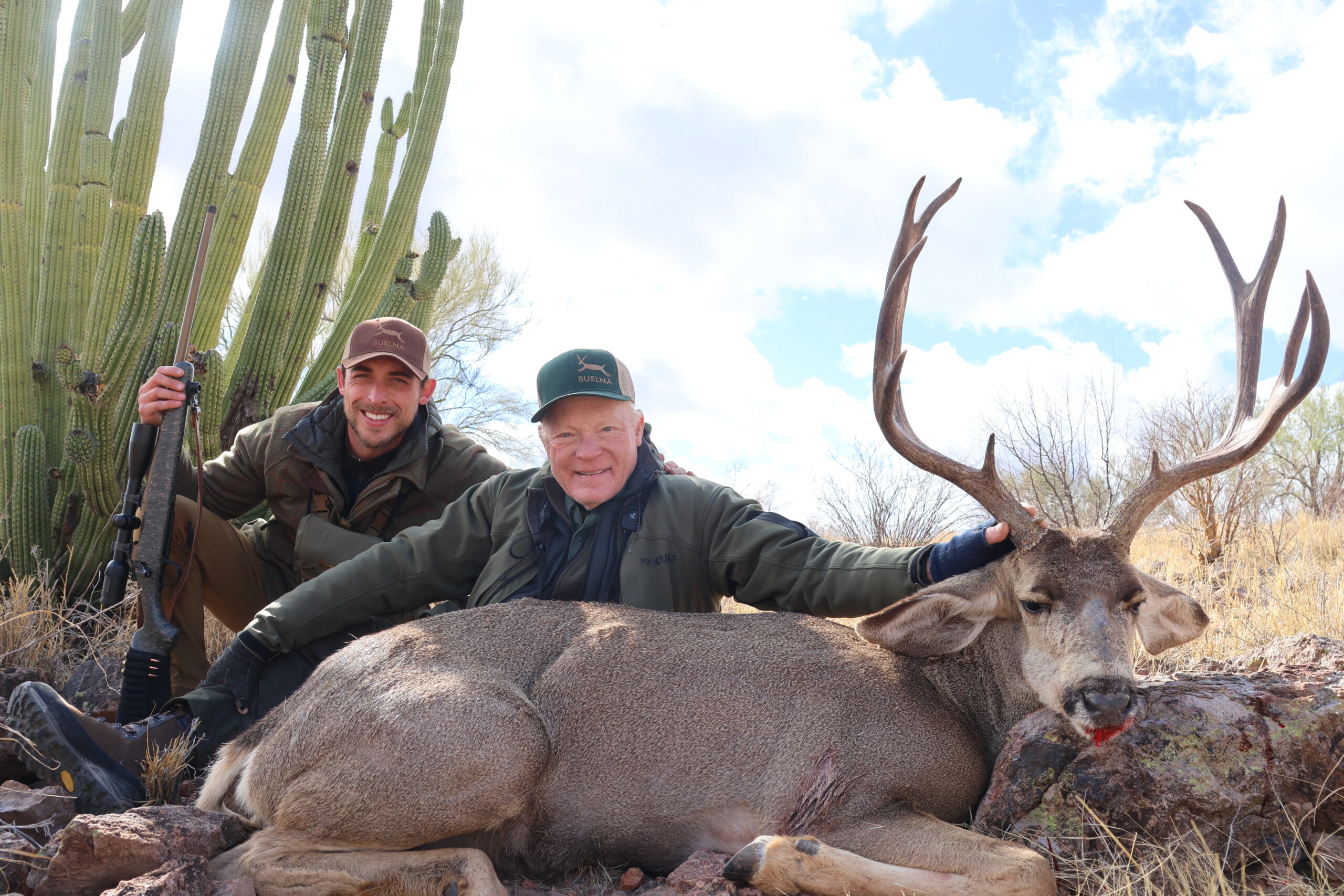The road to Wellsville
As our Knowledge Vault expands worldwide, we are getting more and more questions from shooters on a variety of topics and just recently we have received quite a few from shooters who have tried to switch from closing or occluding an eye to shooting with both eyes open. Here is one such query and how we answered it.
Hi Gil
I have been reading up and listening to your podcasts in the Knowledge Vault on the subject of eye dominance and the way you can train the brain to learn to see correctly even if the off eye is stronger! I have a question which applies to me as I used to shut one eye and now am keeping both open, but I would like to know why the target lead looks smaller with both eyes open than one as this is the hard bit for me relearning them. Simon UK
Simon,
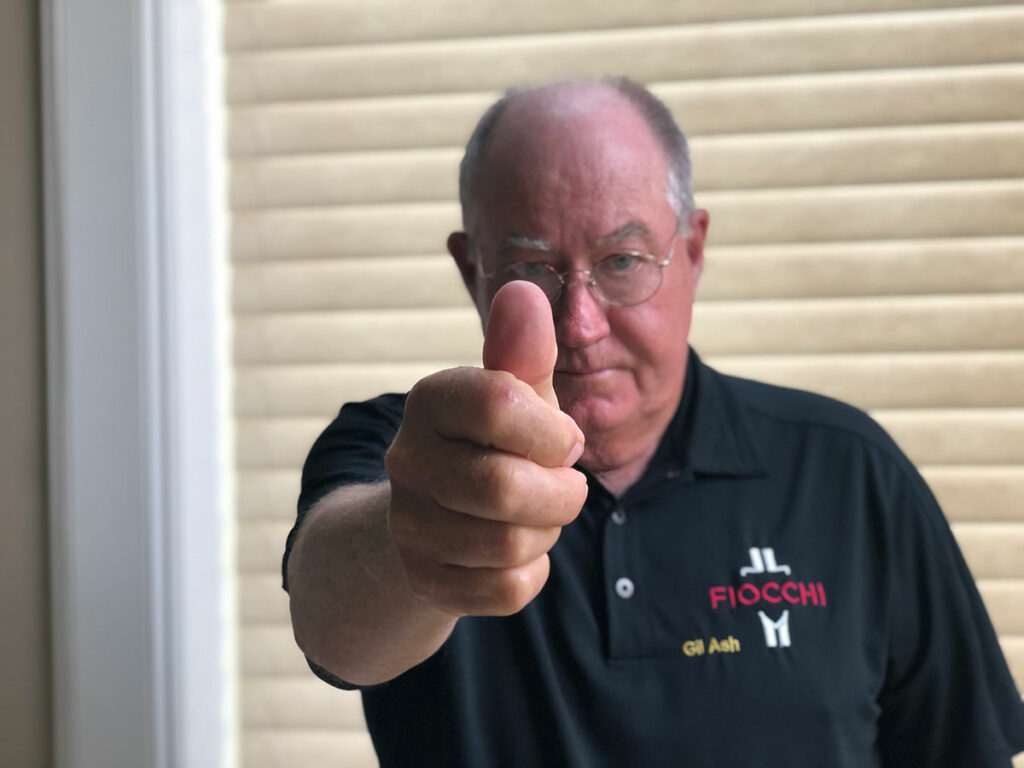
The world through one eye is really different when your brain is used to binocular input. With one eye the targets are perceived as smaller, faster and farther away and the lead necessary to hit the targets is as much as half to two thirds greater than with two eyes. You can see this the next time you are at the range by simply looking at a target with both eyes and then looking at the same target with an eye closed and you will see the visual anomaly. While you can get away with shooting skeet or trap with one eye, these two regimented games where the targets are easily predictable does not present the problem one-eyed shooters face when shooting sporting or hunting where things are anything but predictable. Anyone trying to hit a moving target with a shotgun for the first time will experience the most visually confusing 3-4 seconds of their life. This comes from the target being 30 yards in front of the shooters nose and the barrel that must be aligned ahead of the target is only 33” in front of the shooters nose. Combine that with when focused on the target the shooter sees two barrels in their periphery and when they shift their focus from the target to the muzzle they see one barrel and two targets. (Search for “Brock String” and you will better understand this)
If you have never seen this stop now and experience this visual anomaly in your living room or in the back yard would be even better. Place an object on the ground say 15-20 steps away from where you will be standing and go back to your viewing point. Make a fist with your thumb sticking straight up and while focused on the object with both eyes open extend your arm and slowly raise your thumb up to the bottom of the object. Notice the two thumbs in your periphery? Now shift your focus back to your thumb, do you see when this happens that you see only one thumb, but you now see two objects in your periphery even though there is only one on the ground in front of you? This is called Physiological Diplopia and wow have we seen and heard some amazing descriptions of what shooters “see” when shooting a moving target with a shotgun. The question, once you understand the visual anomaly, becomes which barrel do you play off of. This where the many misunderstandings/theories of eye dominance come into play and there is a theory that if your right handed and your right eye is dominant that you can somehow look at the target and see the barrel in some way and actually see the lead before you pull the trigger. Just so we are all on the same page going forward this is not the case if you want to excel at wing or clay shooting.
Everything we do when shooting a moving target with a shotgun occurs in the periphery and what you “see” in the periphery evolves and changes with experience and in great measure is really different for everyone. The subject of eye dominance is misunderstood by most shooters and even many instructors. We seldom test for dominance because what you see is a neurological decision by the brain and you can train your brain to interpret the visual stream of data from your two retinas in just about any way you want it interpreted. Visual perceptions are a series of impulses from our senses that the brain recognizes from what we have experienced in the past and therefore it knows what is coming next which is what experienced shooters interpret as lead. There is another perception of lead that you will eventually stumble into which is eventually all “leads” look the same when the lead is not your primary concern! What you see when shooting a moving target with a shotgun will evolve into whatever you perceive it to be based on how many times you have shot. It will happen more quickly if you can begin to predict how and where you want the shot to come together, and through repetition and deliberate practice your brain will become more comfortable with what it really looks like using both eyes.
Go to the Shot Simulator in the Knowledge Vault and in Clay Target Kill Shots click on Left to Right Crossers and go to 20-30-40-50-60 yard crosser and look at the actual lead on the 20-30-40 yard crossers and notice how similar they all really are and then look at 50 and 60 yard shots and notice how similar they are. While the 50 and 60 yard crossers have more lead than the 20-30-40 yard crossers the lead is not nearly as great as what most would think it needed to be. Lead is a perception that occurs in the periphery and the more you experience it, the less awareness of it you will have. This comes from the evolution of the brain understanding what exactly you are asking it to do and the more you do it the easier it will be for your brain to anticipate where the target will be in the future based on where it has been even though you are seeing it where it is.
Next go back to the shot simulator and click on “Shotgun 101 Training” and you will begin to understand what the shots should look like when coming from the left or the right and they are really different. After you have gone through the three modules and done the mounting drills for a couple of weeks your brain will begin to understand through repetition how you want the picture to be interpreted. Before you go to the clays range to practice go back to the Shot Simulator and click on Clay Target Kill Shots, Kill Shot Reviews and watch the ShotKam shots so you can better predict how and what you are asking your brain to do as the shot comes together. If you are getting ready for hunting season click on the hunting chapters and before you go, view the Kill Shot Reviews and you will find yourself much more comfortable in the field because you will not have to think while the shot is coming together. It’s called Perceptual
Cognitive Learning. Training the brain this way will allow it to more quickly become comfortable in any hunting or clay shooting situation which will allow for you to become more successful when shooting moving targets with a shotgun.
Speed is a perception just like taste or smell or touch or sound and the more you are exposed to these perceptions the more familiar your brain becomes with them and the better you get at applying your reactions to them. The Brain sees skill as a sequence of events that when deliberately practiced in the same sequence enough times become one thing, and the more skillful you are at anything the LESS INPUT the brain needs to perform at higher and higher levels. This is the evolution the brain goes through when it is building skill of any sort or kind. It is about the brain chunking together the parts of the sequence you are trying to master and through repetition and correction the correct sequence finally occurs and then through repetition it eventually becomes one thing.
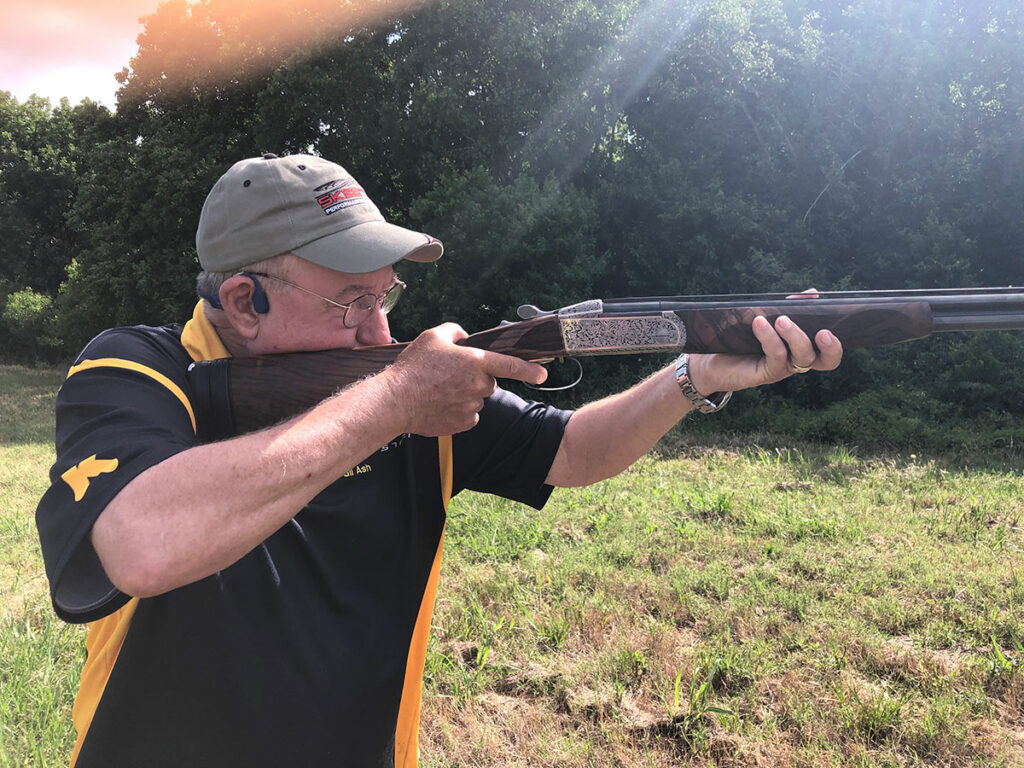
The more you shoot and the more you predict where and how you want the shot to come together and you execute based on that prediction the more consistent you will become and the less thought you will have when shooting. We have discussed in this magazine, as well as others and in our podcasts, if you are thinking you are stinking, and the thinking always comes as an argument at the end of the shot!
Hope this helps Simon!
We hope this helps all of you as much as it did Simon. We are living in strange times. Be safe!–Gil and Vicki Ash

